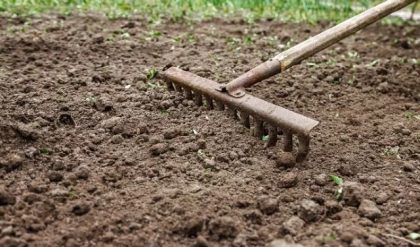Microbes
Microbes in agricultural production are often considered to be challenging and ‘scary’. Whole microbial pathogens are known for the their problems – from Listeria on fruit, blight and rot in fields, Salmonella and E. coli outbreaks, to tainted dairy products. Other microbes are required for quality products but are challenging to quantify.

Salmonella bacteria and other bacterial pathogen outbreaks affect the livelihood of suppliers and consumers with potential long-impact on their product brand.
These challenges aren’t limited to fields and processing plants. The tremendous amount of organic and inorganic materials used in agricultural production has to go somewhere after use. And that ‘somewhere’ typically involves microbes.
Microbes are at the base of a complex series of bio-chemical interactions that include fertilization, biocidal applications, composting, waste disposal as well as the use of soil amendments to boost production and enrich soils. At each step of the process, having an understanding of the role microbes perform in agricultural production is important. As with many other markets, knowing how to reduce possible challenges as well as how to harness microorganisms for potentially beneficial uses is not easy.
An important step in learning how these organisms may impact agricultural productivity, whether in the field or at the processing plant, is to test the product, material, or application using valid scientific testing.
Pesticides
Pesticides are commonly used to control microbial and insect contamination on crops and plants. Testing requirements for pesticide registration include a variety of performance characteristics and physical-chemical properties that must be demonstrated when submitting for registration. For more information refer to our web page on Analytics for Agriculture and Pesticide Use.



Comments are closed.